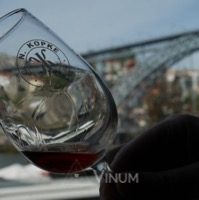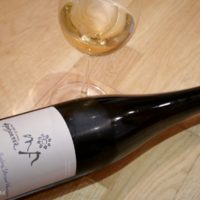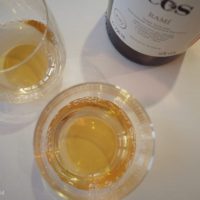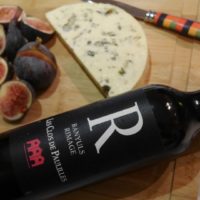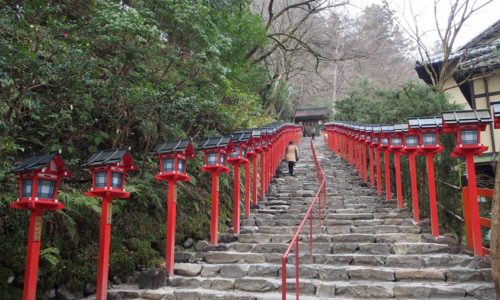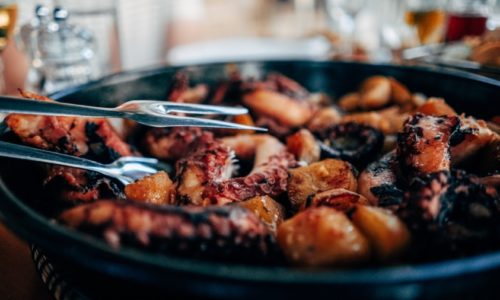I know. It’s Riesling again. But this grape is just so good and so versatile with so many different cuisines that we find ourselves time and again reaching for the tall, thin bottles to accompany our cooking. This is particularly the case when were are eating aromatic or spice-infused dishes. Riesling should be a go-to wine for Japanese food as well.
Today’s pairing was a dry Riesling from the top Alsace producer, Trimbach – makers of arguably the world’s finest dry Riesling, the Clos Sainte Hune. And with it: a warming, deep, almost creamy tonkatsu-based nabe (Japanese hot pot). Tonkotsu is made by cooking pork bones for a very, very long time to extract all the marrow, fat and richness, leaving you with an almost milk-coloured broth. Although we added the usual variety of vegetables and chicken to ours, with nabe it is the type of broth that should determine the wine-pairing choice.
Today’s Wine Pairing: Alsace Riesling x Tonkatsu Nabe (hot pot)
So, why Alsace Riesling in particular? Well, although this is a generalisation, the Rieslings from Alsace tend to be a little richer, have a little more body than their German cousins. And with such a rich, creamy broth we needed that weight in the wine to match. Riesling’s high acidity simultaneously cuts through the fattiness of the broth, while the aromatic complexity – a lovely combination of stone and citrus fruits, floral notes and just a hint of beeswax and kerosene – are more than enough to stand up to nabe. It was a real winter treat!

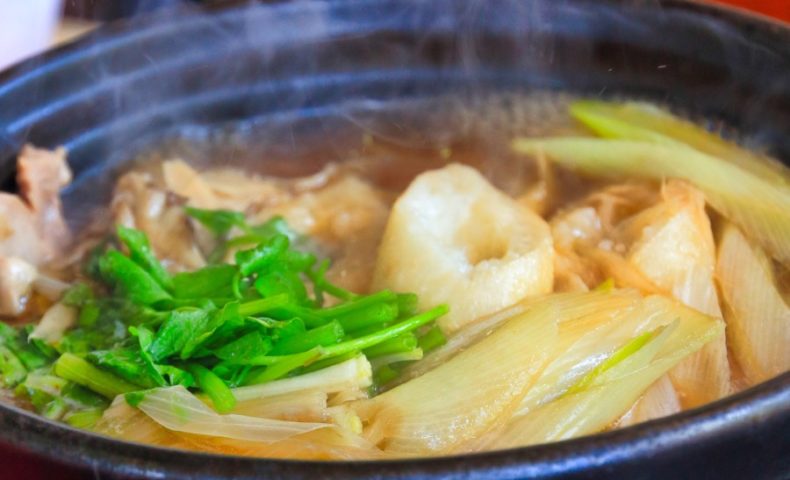
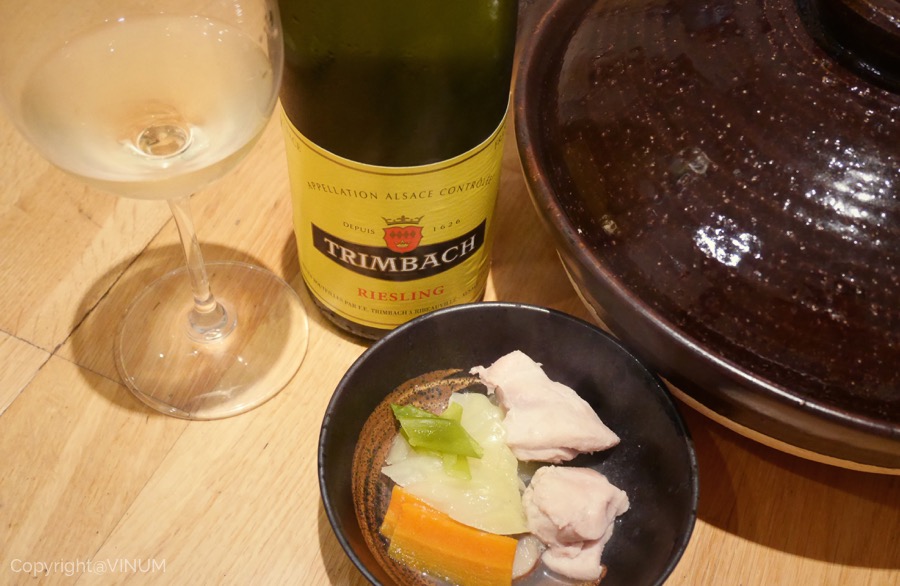


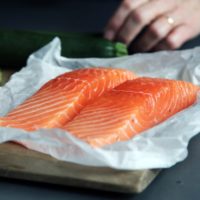
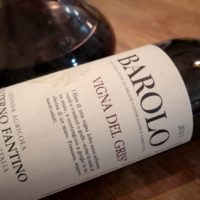




 日本語
日本語